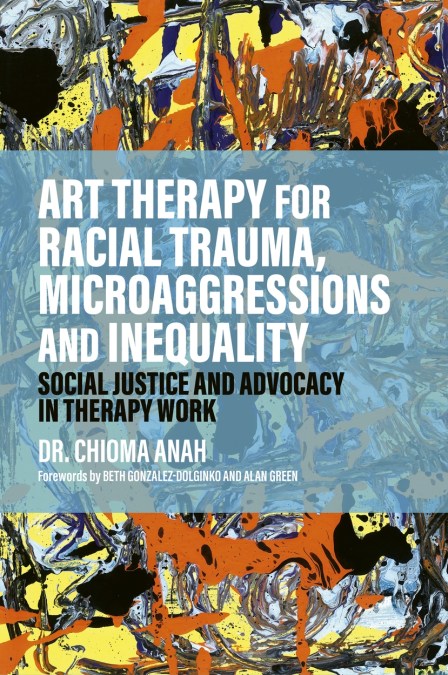Confronting systemic injustices and paving the way towards a more inclusive, culturally responsive, and effective practice, Chioma Anah examines how art therapy can be used as a tool in addressing racial trauma.
Delving into theories of racism and its evolution, the taxonomy of microaggressions, advocacy and intersectionality, this resource exposes the powerful structures that perpetuate daily microaggressions experienced by African Americans and how therapeutic relationship can repeat these. It shares poignant client narratives and artwork as well as insight from diverse art therapists, all men and women of color.
With invaluable recommendations for future research, implications for counseling and counseling education, this book is essential reading for therapists, counselors, and educators.
Delving into theories of racism and its evolution, the taxonomy of microaggressions, advocacy and intersectionality, this resource exposes the powerful structures that perpetuate daily microaggressions experienced by African Americans and how therapeutic relationship can repeat these. It shares poignant client narratives and artwork as well as insight from diverse art therapists, all men and women of color.
With invaluable recommendations for future research, implications for counseling and counseling education, this book is essential reading for therapists, counselors, and educators.
Newsletter Signup
By clicking ‘Sign Up,’ I acknowledge that I have read and agree to Hachette Book Group’s Privacy Policy and Terms of Use
Reviews
Racial trauma is often so pervasive that clients cannot reasonably articulate their sense of woundedness, but in comes Anah with an antidote, Art Therapy for Racial Trauma... Her creative approach to metabolizing trauma with minoritized clients is ground-breaking and provides therapists with essential tools for guiding clients through meaningful self-expression based on the therapist's accurate understanding of historical antecedents, deliberate and intentional exploration of clients' encounters with racialized oppression, and the use of artistic media to facilitate the processing of racial trauma within the safety of the therapeutic dyad.
Dr. Anah's book is an emboldened and essential addition to art therapy literature. It provides a transparent, practical application necessary for achieving beneficial treatment for racially oppressed populations. The author's fearless descriptions of the severity of misrepresentation and lack of appropriate care further educate and expand the practice. The book's demand for accountability and its assertion of current social and political implications will resonate with readers interested in social justice. This book significantly broadens the delivery of art therapy services.
